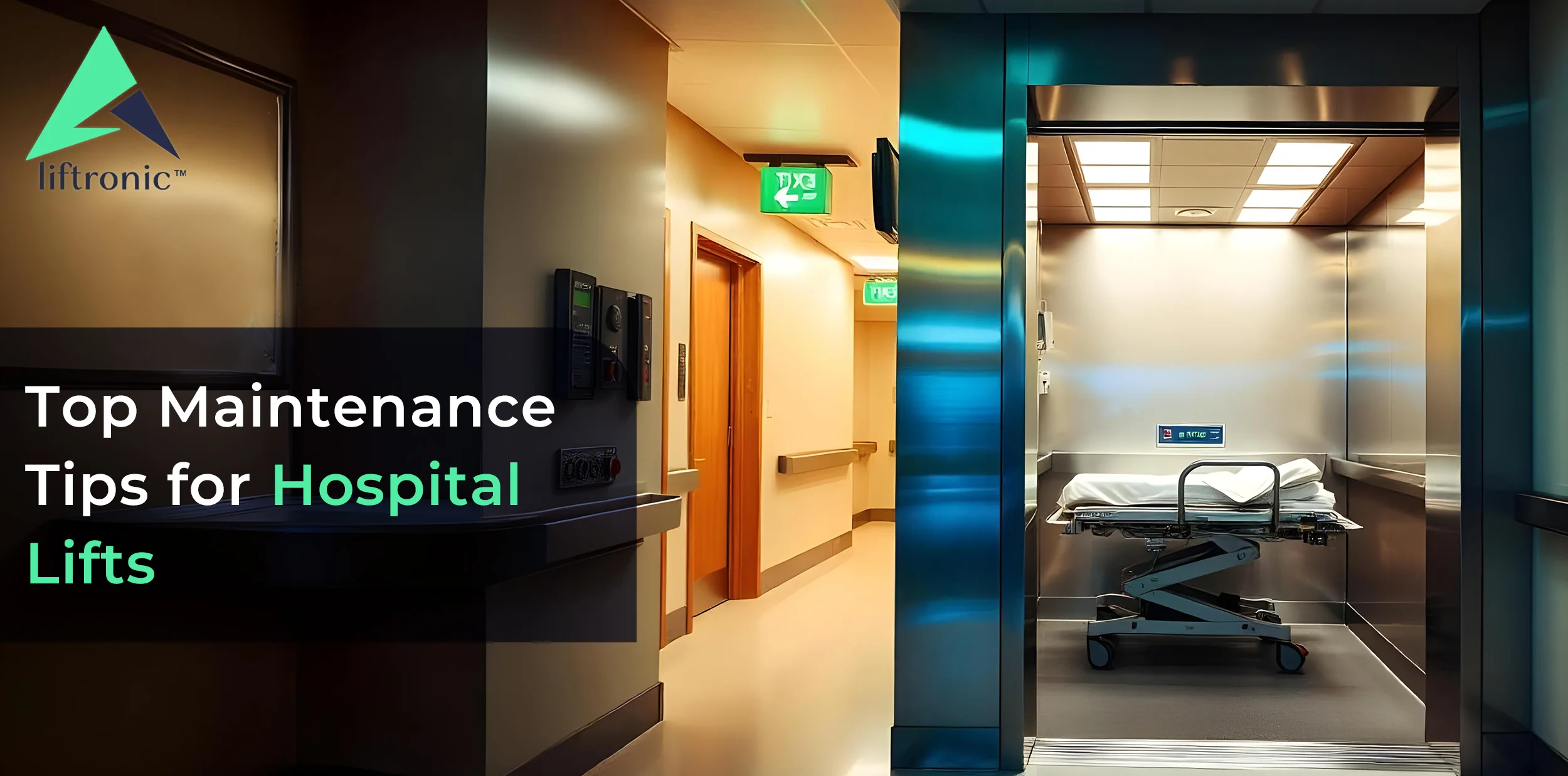
Hospital lifts are an important part of any healthcare infrastructure since they ensure patients, staff, and equipment transportation is smooth and efficient. Therefore, to attain optimal performance and safety with reliability in these lifts, it is advisable to service them regularly and subject them to checks. Proper maintenance also reduces downtime while increasing the length of time elevator systems last. Here are the top maintenance tips for hospital lifts.
Hospital lifts must meet very strict safety standards to protect patients and staff. Regularly schedule inspections by certified professionals to detect and rectify potential issues like worn-out parts, misaligned components, or faulty sensors.
Hospital lifts are used frequently and can harbor germs and bacteria. Clean the lift cabin, buttons, and handrails daily with disinfectants to maintain hygiene and prevent contamination.
The doors of hospital lifts are often faulty. Check whether the doors are moving smoothly and quickly. Check whether sensors are working properly so that accidents are avoided, especially when patients on stretchers or wheelchairs are being transported.
Emergency systems of the hospital lifts should be fully functional, including alarm buttons, intercoms, and backup power supplies. Regularly test these systems to ensure they function properly during critical moments.
Elevator components like pulleys, cables, and rails require proper lubrication to minimize wear and tear. Schedule regular lubrication to reduce friction and ensure smooth operation.
Overloading of the lift may lead to mechanical failures or even be a safety issue. Monitor load sensors periodically and ensure that the sensors correctly indicate and prevent overloaded weight.
Lifts in hospitals get used much; therefore, their parts are exposed to wearing out. Replaced worn-out cable, belts, and rollers must be replaced quickly to avoid failure of the whole system.
Create a maintenance schedule based on manufacturer recommendations and lift usage. Preventive maintenance helps detect and resolve minor issues before they escalate into costly repairs.
Improper usage can lead to unnecessary damage to hospital lifts. Train hospital staff on elevator usage protocols, such as avoiding abrupt stops, respecting load limits, and reporting malfunctions promptly.
Maintain detailed records of inspections, repairs, and maintenance activities. This documentation ensures compliance with safety regulations and helps in tracking the lift’s performance over time.
Regular maintenance of hospital lifts is important to ensure smooth operations and maintain the safety of patients and staff. These maintenance tips can help healthcare facilities minimize downtime, enhance lift performance, and extend the lifespan of their elevator systems.
For professional hospital lift maintenance services, reach out to certified technicians who specialize in healthcare elevator systems.